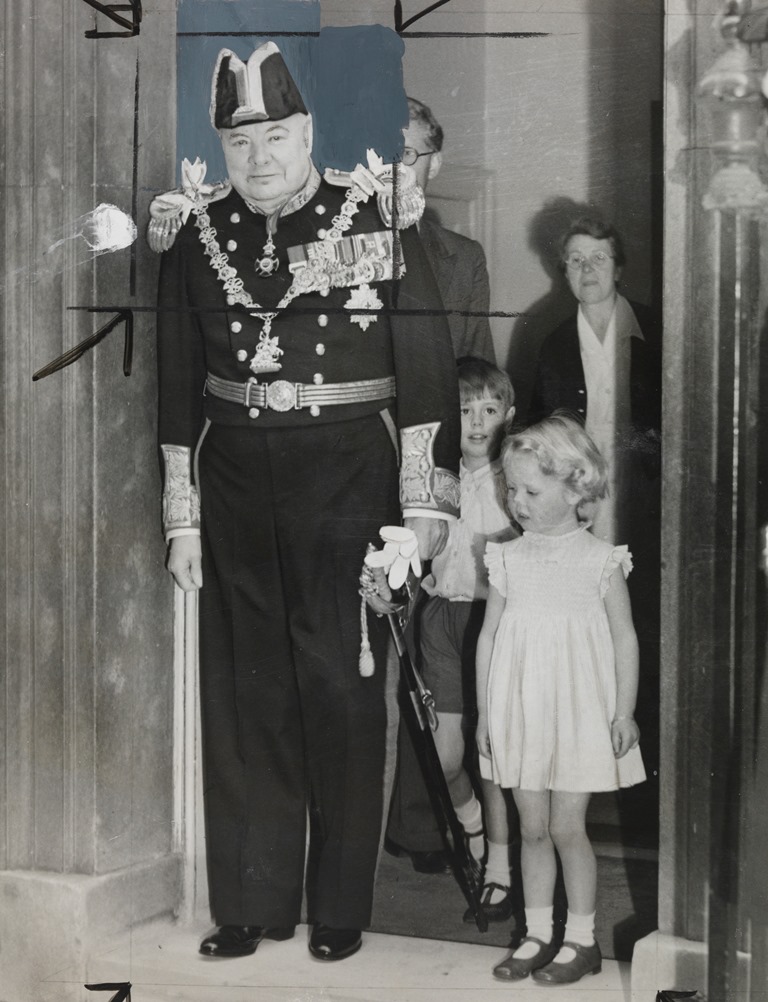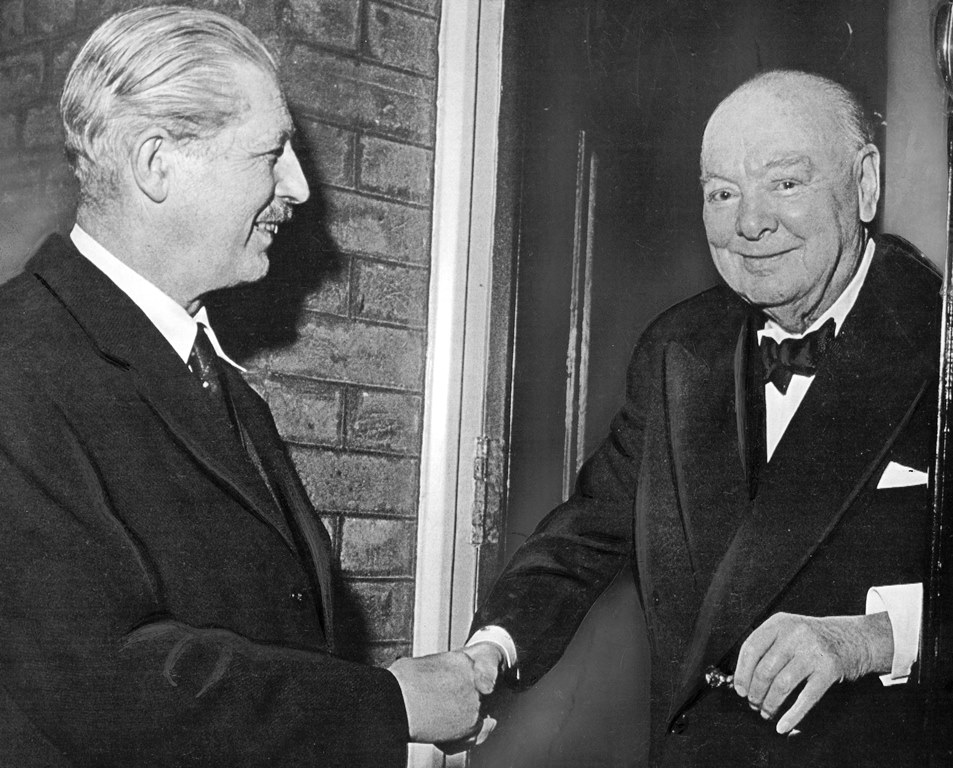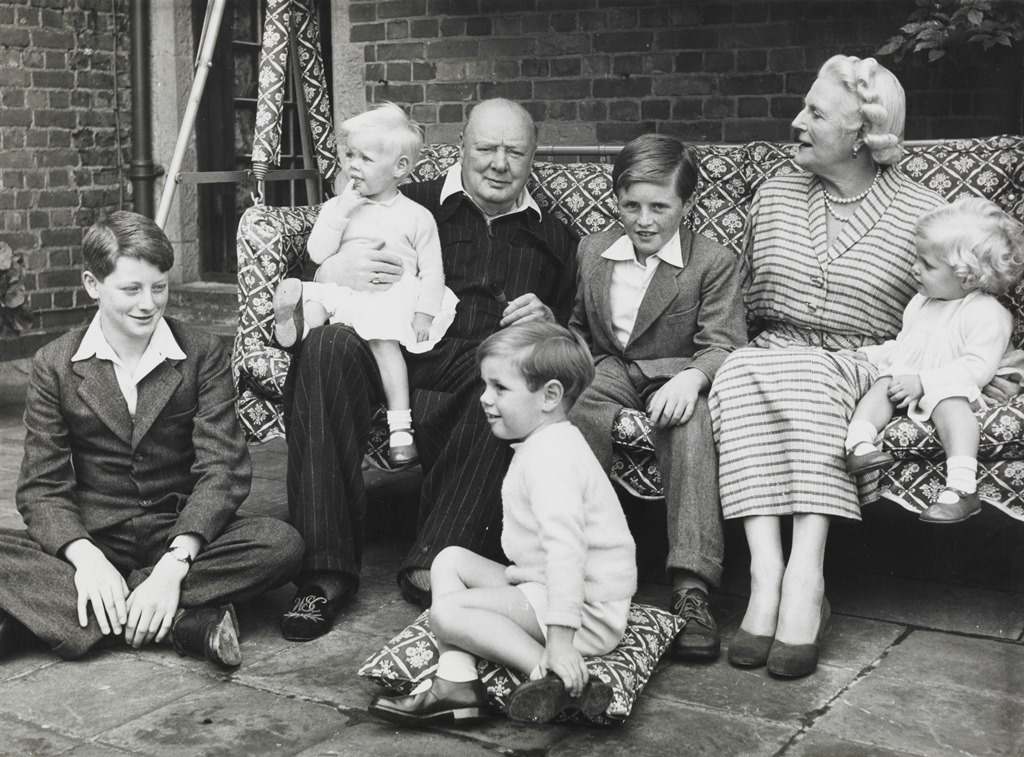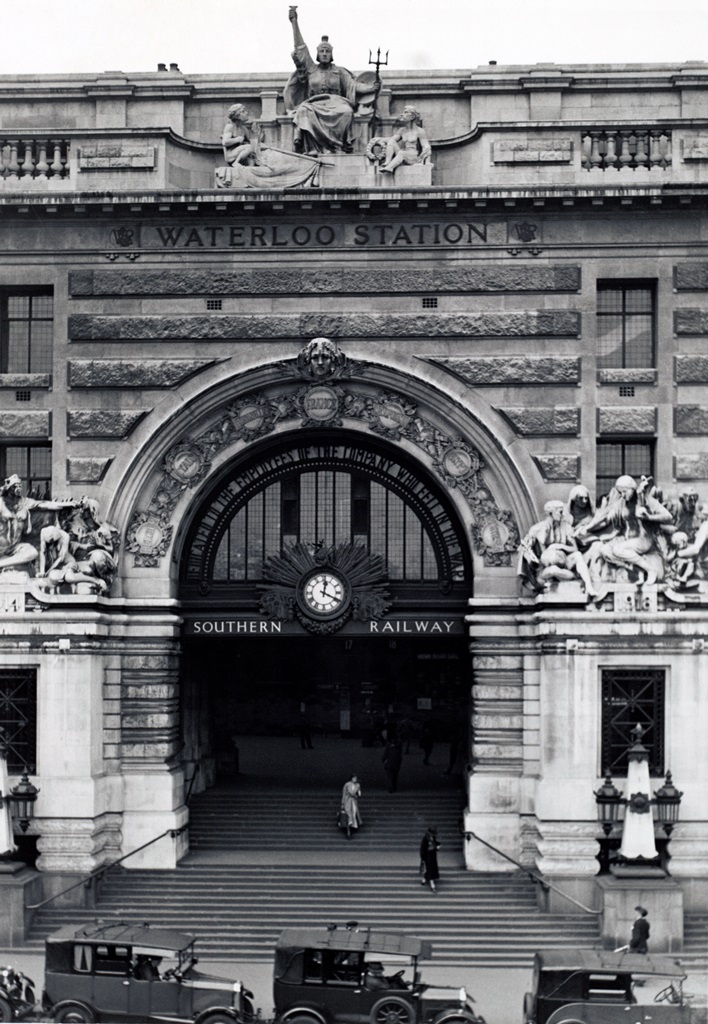In 1953, Her Majesty The Queen instructed the government to prepare a funeral which would cement Churchill’s place in history. Her Majesty suggested that the Cabinet looked to the funeral of the Duke of Wellington in 1852 as a pattern for the scale of event required.

Despite this royal command, no action was taken, probably because Churchill was the Prime Minister and few people relished the idea of their own death. Raising the matter was more likely to lead to the demise of a budding political career than a rational acceptance of the necessity for planning for the inevitable. However, Churchill resigned from the Prime Minister’s Office in April 1955, and by 1957 serious planning had begun.

A top level Cabinet Committee was formed under the chairmanship of the Earl Marshal of England, who took responsibility for making the necessary arrangements, and putting them into action. Lady Churchill and Sir Winston’s Private Secretary were kept fully informed, but Churchill himself was ‘unwilling to address his mind to the subject’.
In February 1958, whilst holidaying in the South of France, Churchill was taken ill. This news set the government in a panic. What if he should die abroad? The Earl Marshal immediately drew up plans that stated that if he died in France, Holland or Belgium, he would be returned to Britain via one of the North Sea or Channel ports under the protection of the Royal Navy; anywhere else and transport command would fly out a specially equipped aircraft.

In 1959, Churchill decided he would be laid to rest with his ancestors in the estate church in the Oxfordshire village of Bladon. Having settled on Bladon, the Earl Marshal’s Office began finalising plans for Churchill’s final journey.

However, Churchill decided to add one more request to the Earl Marshal’s arrangements, by insisting that his funeral train departed from Waterloo. This caused many complications, as Bladon was on the former Great Western Railway line and the natural departure point for such a journey would be Paddington, so why Waterloo?
Churchill revelled in the idea that the French President, Charles de Gaulle would have to walk bare headed under the archway that celebrates one of the Britain’s greatest victories over France. De Gaulle would also no doubt see the greater meaning in this arch as a symbol of how Churchill saw Britain’s history from the Spanish Armada to the Battle of Britain, as the nation that would never lie down before a tyrant.
Such sentiments seem entirely alien to the twenty first century. However, Charles de Gaulle certainly understood the idea of a national myth; it sustained him in his long struggle to restore the honour of France after its subjection to Nazi rule.
Find out more about our Churchill’s Final Journey display here
The arch at Waterloo commemorates the fallen in WWl, not the Battle of Waterloo itself.
My brother John Neale, has recently passed away and a well respected train driver. It is said that he drove the funeral train into waterloo ready for the funeral. Can this be corroborated.